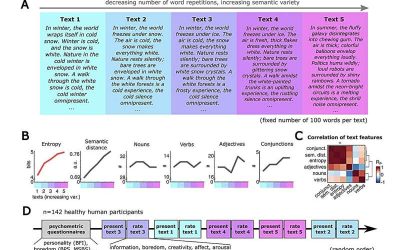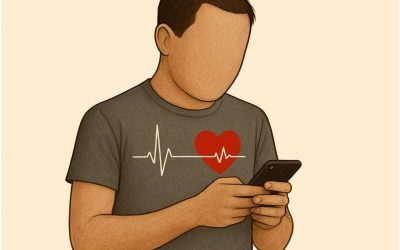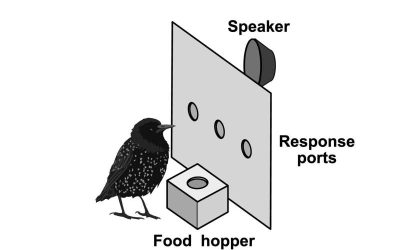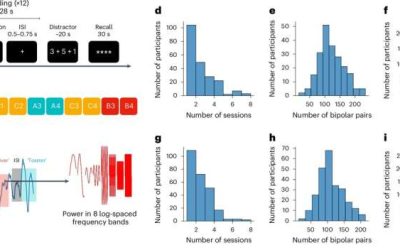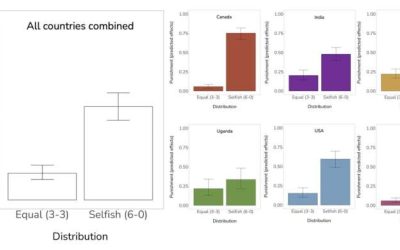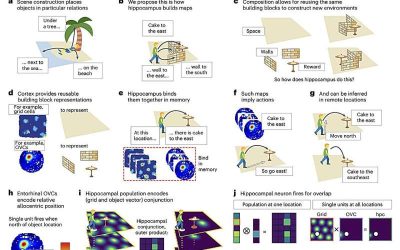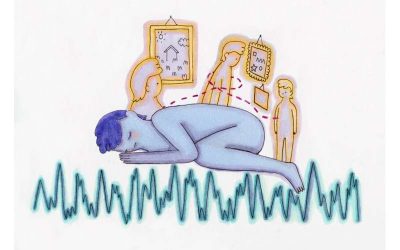Throughout their everyday life, most people engage in many activities that require varying degrees of attention. As they take part in these activities, the brain processes the sensory information it receives from their surroundings, creating representations that guide...
MEDICALXPRESS
People who are easily distracted by smartphones are more physiologically reactive, less attuned to their bodies: Study
Over the past few decades, some studies have raised important questions about the psychological implications of the excessive use of smartphones and other portable devices. Findings suggest that people who use smartphones too much can progressively develop cognitive...
One-year-old infants already display compositional abilities, study finds
To understand complex objects, humans are known to mentally transform them and represent them as a combination of simpler elements. This ability, known as compositionality, was so far assumed to require fluency in language, thus emerging in childhood after humans have...
How perceptions are influenced by expectations: Songbird study draws parallels with human speech processing
Past neuroscience and psychology studies have shown that people's expectations of the world can influence their perceptions, either by directing their attention to expected stimuli or by reducing their sensitivity (i.e., perceptual acuity) to variations within the...
Short-term reactivation of brain between encoding of memories enhances recall, study finds
Past neuroscience and psychology studies have shown that after the human brain encodes specific events or information, it can periodically reactivate them to facilitate their retention, via a process known as memory consolidation. The reactivation of memories has been...
Six country-study finds children consistently take a stance against unfair sharing
Studies exploring the extent to which people are prone to "punishing" the selfish behavior of others can offer insight into their societal values, such as the importance they attribute to equality and fairness norms. Past findings suggest that there is great variation...
Study shows that some voices are more memorable than others, irrespective of who is listening to them
The term "memorability" refers to the likelihood that a particular stimulus, such as an object, face or sound, will be remembered by those exposed to it. Over the past few years, some psychology studies have been exploring the extent to which some stimuli are...
Memory composition and hippocampal replay: New insights into how the hippocampus helps shape future behavior
The hippocampal formation is a group of brain regions, including the hippocampus and some other structures closely connected to it. This set of brain regions is known to support various important brain functions, including the consolidation of memories,...
Sleep supports people’s ability to remember sequences of real-world experiences, immersive art tour experiment shows
Sleep is known to contribute to the healthy functioning of the brain and the consolidation of memories. Past psychology research specifically highlighted its role in retaining episodic memories, which are memories of specific events or experiences.
No evidence of decision fatigue found among nurses
Difficult decisions, such as those made by health care professionals every day, can be stressful and mentally demanding. Some past psychology studies suggest that making these hard decisions can adversely impact people's ability to make subsequent decision-making, a...

